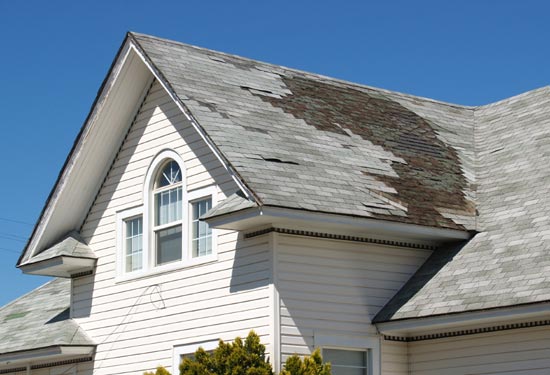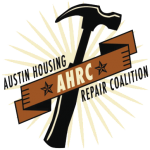Texas Hurricane Preparation
When the wind is picking up, sending debris flying and bending trees under its force, it’s not the time to wonder if your roof will withstand the storm. Though central Texas has seen few tropical storms over the last several years, you shouldn’t have to worry about the condition of your home’s roofing system as you’re monitoring hurricane warnings on the weather channel.
Your roof is the helmet protecting your home. As the highest point of your home it will take the brunt of the wind and driving rain. The roof needs to be strong enough to keep the water out; not collapse against the force of the wind and cause other parts of your home to fail; and it must (obviously) remain attached to your home to provide that protection.

When evaluating the ability of your roof to protect your home against storm conditions, there are several vital aspects of your roof to consider:
Covering material
Whether it’s asphalt shingles, metal or tile, it must be in a condition to remain intact during high winds. Loose or broken shingles or tiles or unsecured metal panels could become a weak spot in high winds.
Roof structure
The roof structure (sheathing and framing) to which the roof covering and underlayment is attached is he final barrier between the outside weather and the interior of your home. For roof coverings to remain intact, the sheathing (usually plywood) must also remain attached to the roof trusses. The sheathing also helps transfer the fury of the storm from the roof, to the exterior walls and ultimately to your home’s foundation.

Loss of even one piece of sheathing allows winds to enter your home and water to pour into your attic. The roof structure also includes all the framing that supports the sheathing. Homes with gabled or A-shaped roofs where the end walls go to the roof peak are at most risk during high winds. Adding horizontal braces along the trusses the full length of the roof will strengthen your roof system.
Roof system
The connections between the roof structure and the walls below tie the roof system together so your home can resist the forces of a storm. In climates where wind-driven storms are more common, many homeowners choose to have roofing professionals install galvanized “hurricane straps”. These truss tie-downs help brace the roof in severe storms with high winds.
Ventilation
Ventilation is important to long term health and durability of most roof systems. Vents reduce the temperature rise and buildup of moisture in the attic. Even if the rest of your roof structure remains intact, vents in poor condition can be a pathway for water driven by high winds to enter your home, soaking insulation, collapsing ceilings and causing mold.
Doing a few preventative things around your home will also help protect your roof.
Secure yard items
Lawn furniture and outside decorations can become airborne, flying through the air and damaging your roofing. If a storm with high winds is anticipated, either tie them down or store them indoors in the basement, a garage or shed so they don’t become flying projectiles and damage your home’s roof structure.
Trim trees
Trim trees that hang over your home. Trimming branches back to a safe distance so they don’t break off and fall on your roof structure during a high wind storm is s great way to protect your roof covering.
The most important thing you can do now, before a hurricane is headed toward your home, is a full inspection of your roofing system. Correcting any problems may keep you from more costly repairs down the road. Licensed Austin roofing professionals can inspect your roofing structure and suggest wind mitigation to ensure your roof will protect your home and family for years to come.

